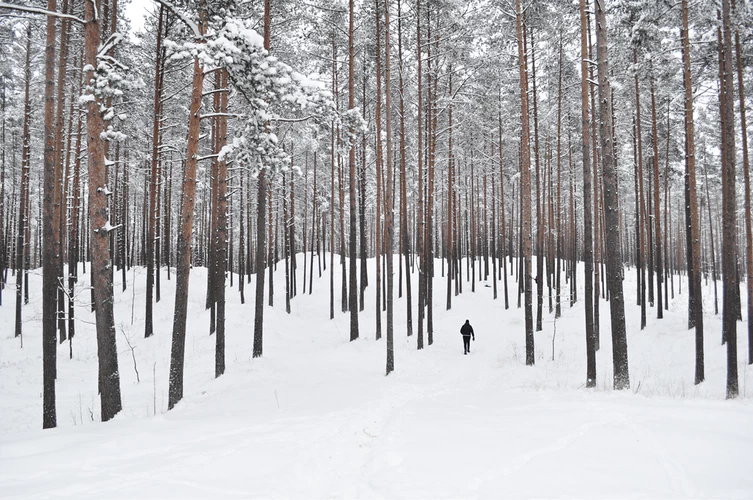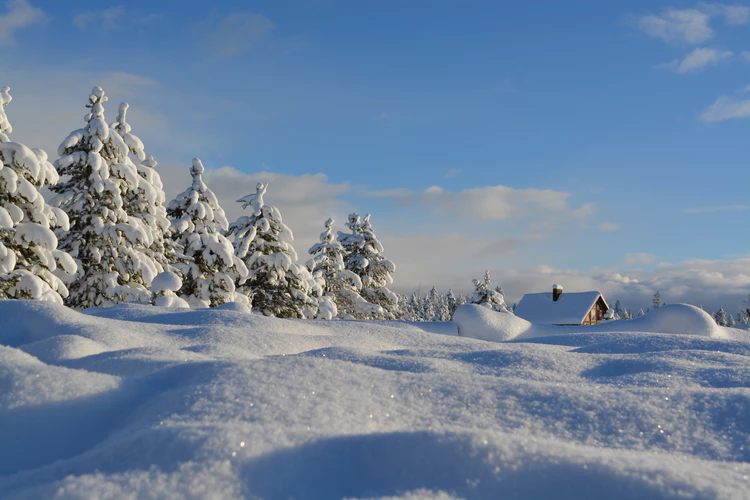Winter
Winter is the most Yin time of the year. What is Yin? It is our shadow side, the deep, dark, and quiet aspect of ourselves.
We mirror the flow of nature, so during Winter as activity slows outside, we notice an inclination to slow down as well. Instead of resisting that, we might choose to follow nature’s rhythm. Allow the experience of the downward pull, which is the Yin energy, by resting and relaxing more.


In doing so, we actually minimize the chance for illness by storing up and regenerating our energy which prepares us for the Spring.
Yin Valley

This “water” point is the 10th acupuncture point on the Kidney meridian. It produces tranquility and calm. It is also used to cool down conditions such as lower abdominal pain, or swelling of the knees.
Kunlun Mountain

This 60th acupuncture point on the Bladder meridian is a “fire” point. It is used to warm up cold conditions like occipital headaches, the common cold, back, neck and shoulder problems.
The chart below displays the correspondences of the five seasons:
| FIVE ELEMENTS | Wood | Fire | Earth | Metal | Water |
|---|---|---|---|---|---|
| Seasons | Spring | Summer | Late Summer | Autumnn | Winter |
| Zang/Yin Organs | Liver | Heart | Spleen | Lung | Kidney |
| Fu/Yang Organs | Gallbladder | Small Intestine | Stomach | Large Intestine | Bladder |
| Directions | East | South | Middle | West | North |
| Tastes | Sour | Bitter | Sweet | Pungent | Salty |
| Tissues | Tendons | Vessels | Muscles | Skin/Hair | Bones |
| Colors | Green | Red | Yellow | White | Blue/Black |
| Sense Organs | Eye | Tongue | Mouth | Nose | Ear |
For more information on the Winter season check out the links below:
The Five Elements – Water
Winter Five Element Theory
Winter- The Season of Stillness
Healthy Eating for Winter in the Five Element Theory

